Wildebeest River Crossing Guide: Best Viewing Spots & All Crossing Points Explored
😍 If you’re planning a summer adventure to Kenya and Tanzania in Africa, and you dream of witnessing the breathtaking wildebeest crossing over the Mara River, don’t miss this [Wildebeest Crossing Viewing Guide] 🔥. It’s essential to make the most of your trip and avoid a costly disappointment ❗
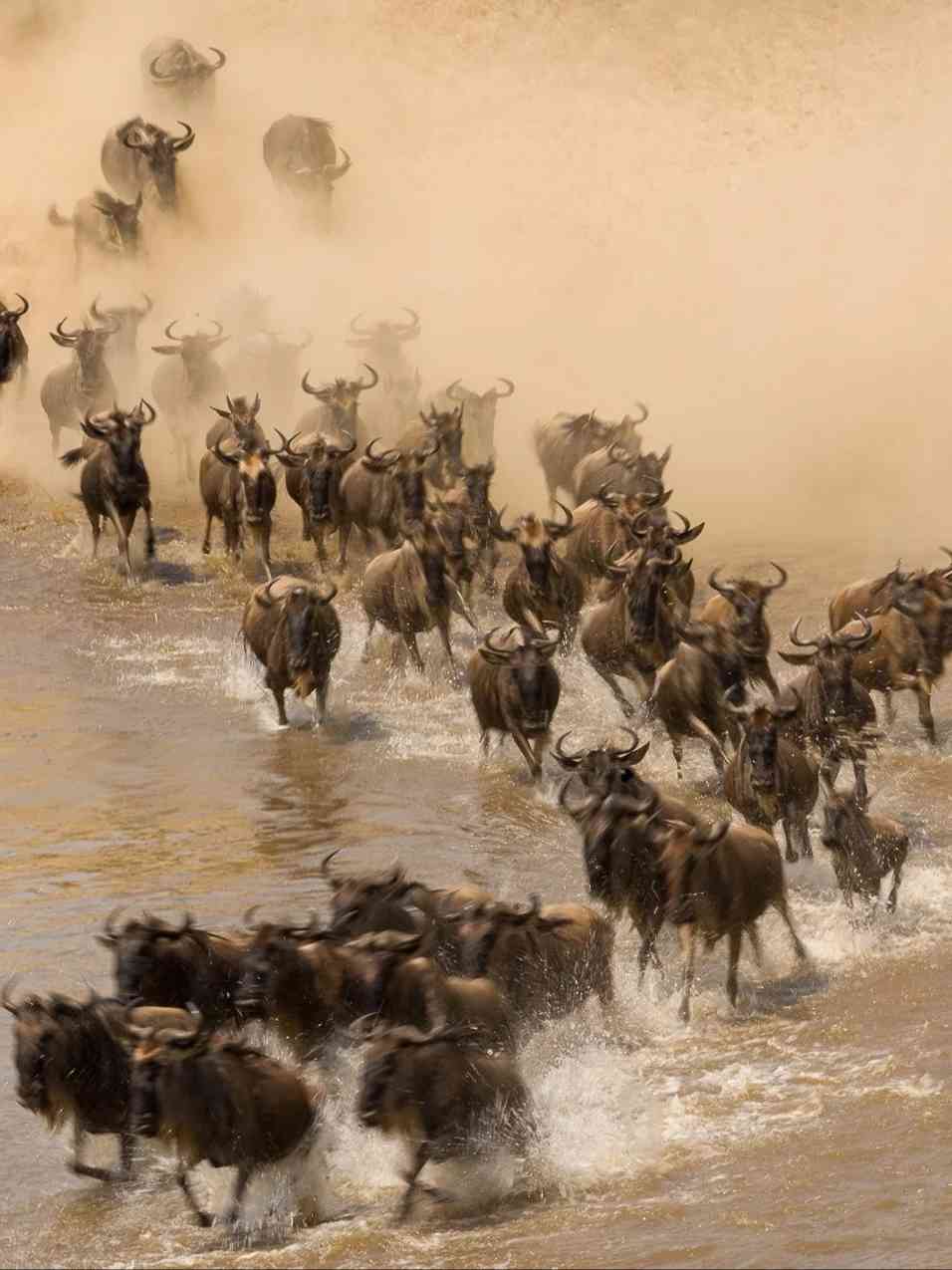
⭕ [Reasons for Wildebeest Crossing]
🌱 Every year, more than a million wildebeests and zebras embark on an epic journey, migrating across the Mara River in search of lush, fresh grasslands. 💦 The timing of this migration can vary, typically starting as early as June and extending into October, depending on the annual rainfall.

🌊 [Crossing Points as Shown in Figure 2]
⚠️ Be aware that the map provided by Serengeti National Park contains a significant error: the location of the Mara River near the 10th crossing point is incorrect ❌. This has been verified and corrected with red markings after cross-referencing with Google Maps.
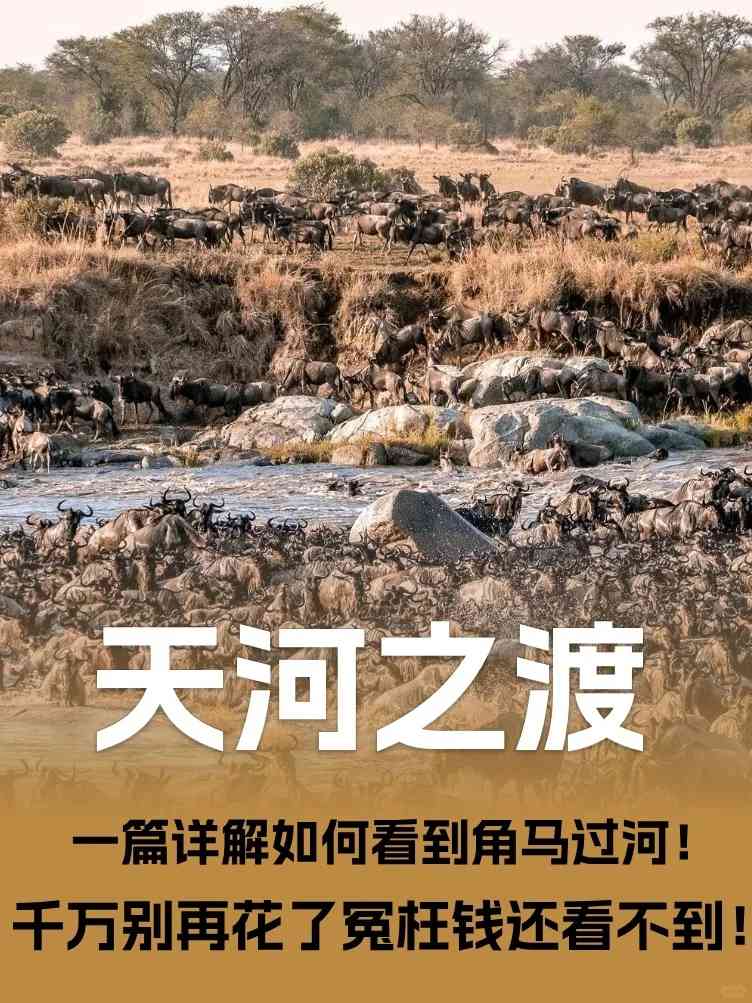
✔️
📍 **Crossing Point 0**: This is the official westernmost crossing point.
📍 **Crossing Points 1, 2, 3**: These three points are relatively easier for the wildebeests to navigate, with fewer rocks post-crossing. The driving distance between these points is approximately 2 kilometers.
📍 **Crossing Point 4**: One of the most frequently used crossing points due to its gentle slope and fewer rocks, making it a safer passage for the wildebeests.
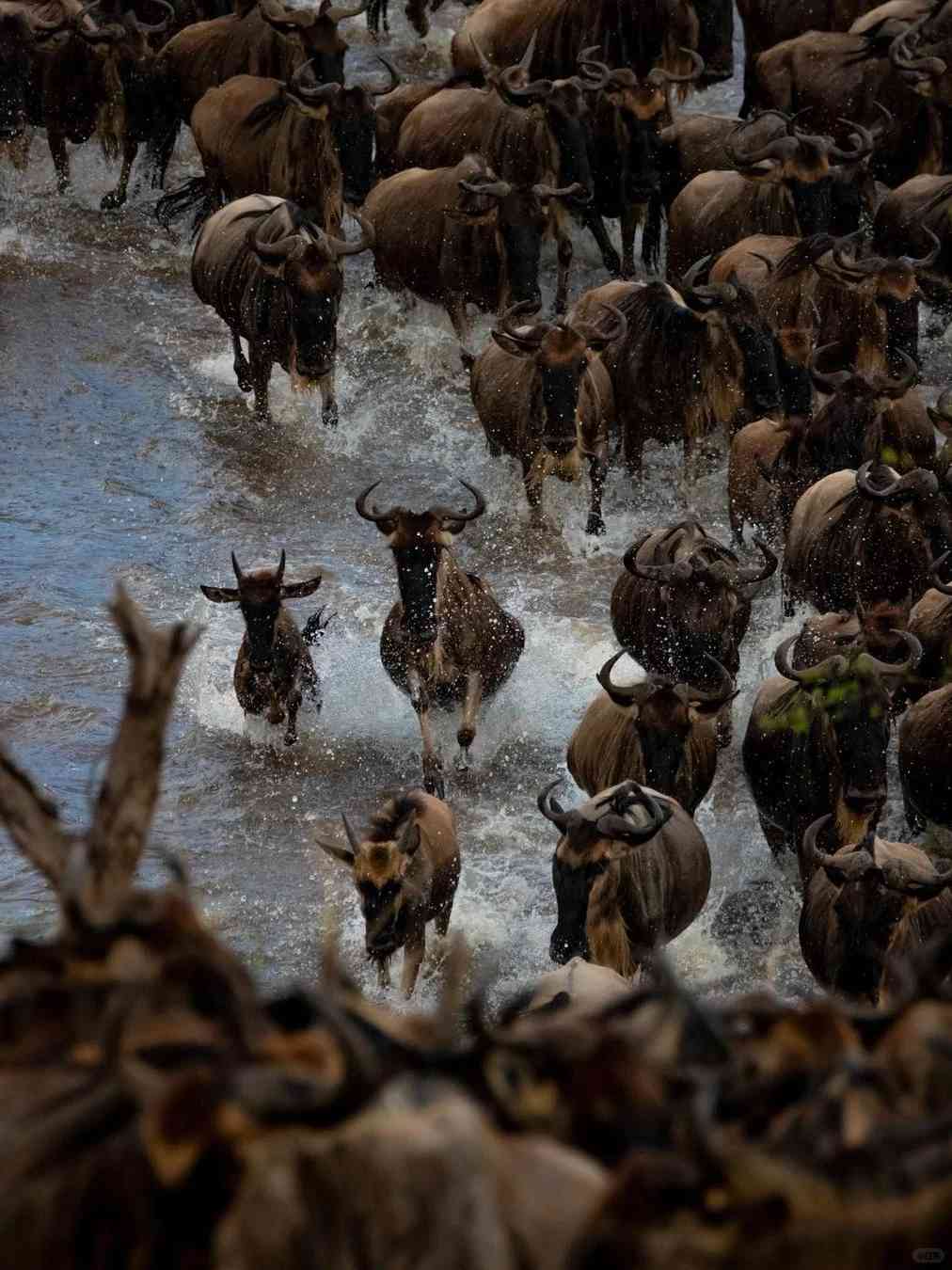
📍 **Crossing Points 5, 6**: These points present more challenges for the wildebeests, with a higher number of rocks that can lead to injuries or even drowning.
📍 **Crossing Point 7**: Another commonly used crossing point, consisting of two closely situated sub-points, 7a and 7b, separated by a small stream.
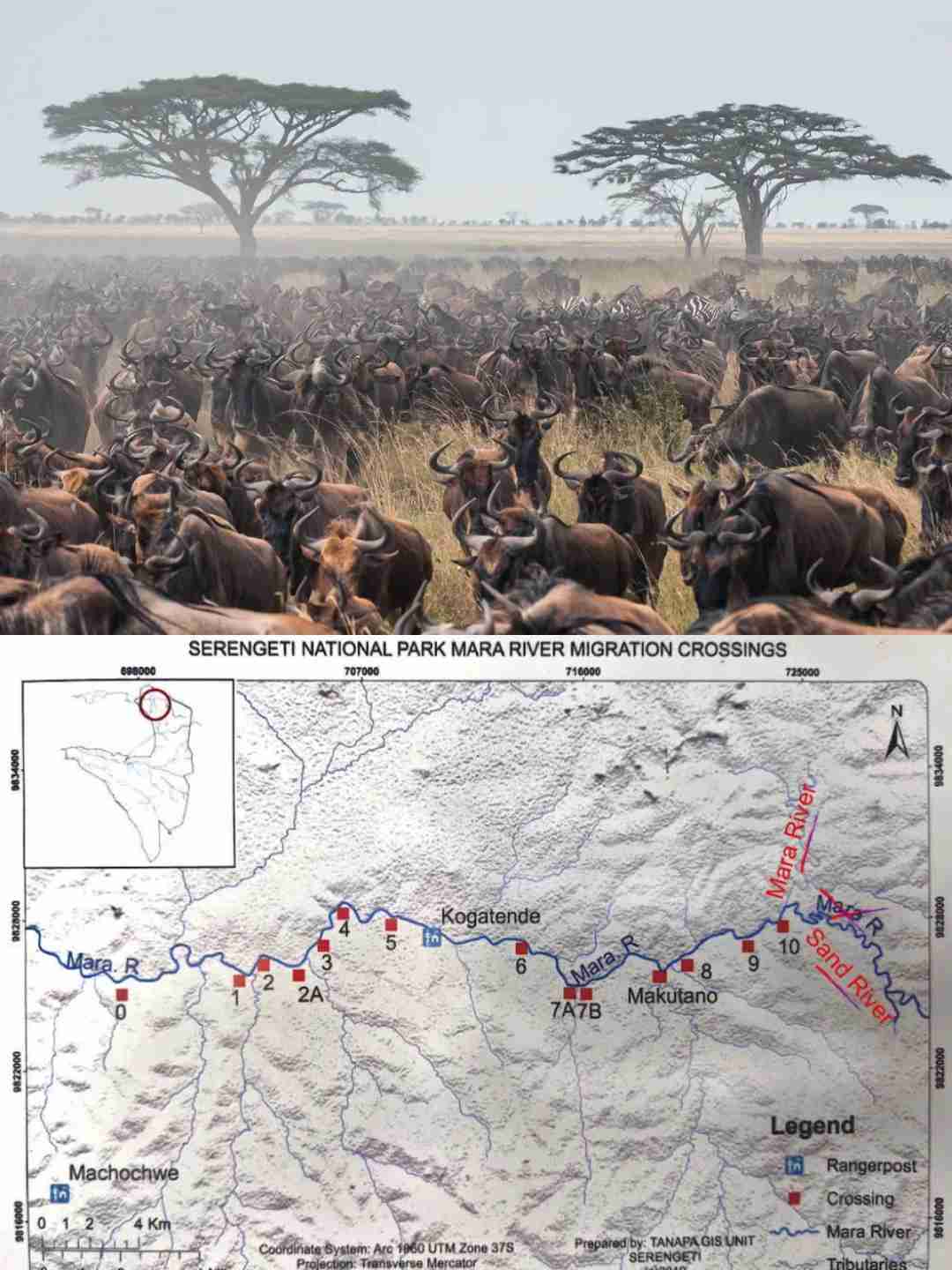
While crocodiles are present here, there are no hippos.
📍 **Makutano Crossing Point**: One of the four most frequently used crossing points. When heading south, wildebeests have only two specific locations to exit the river, which are easier to climb. This area also accommodates a larger number of safari vehicles.
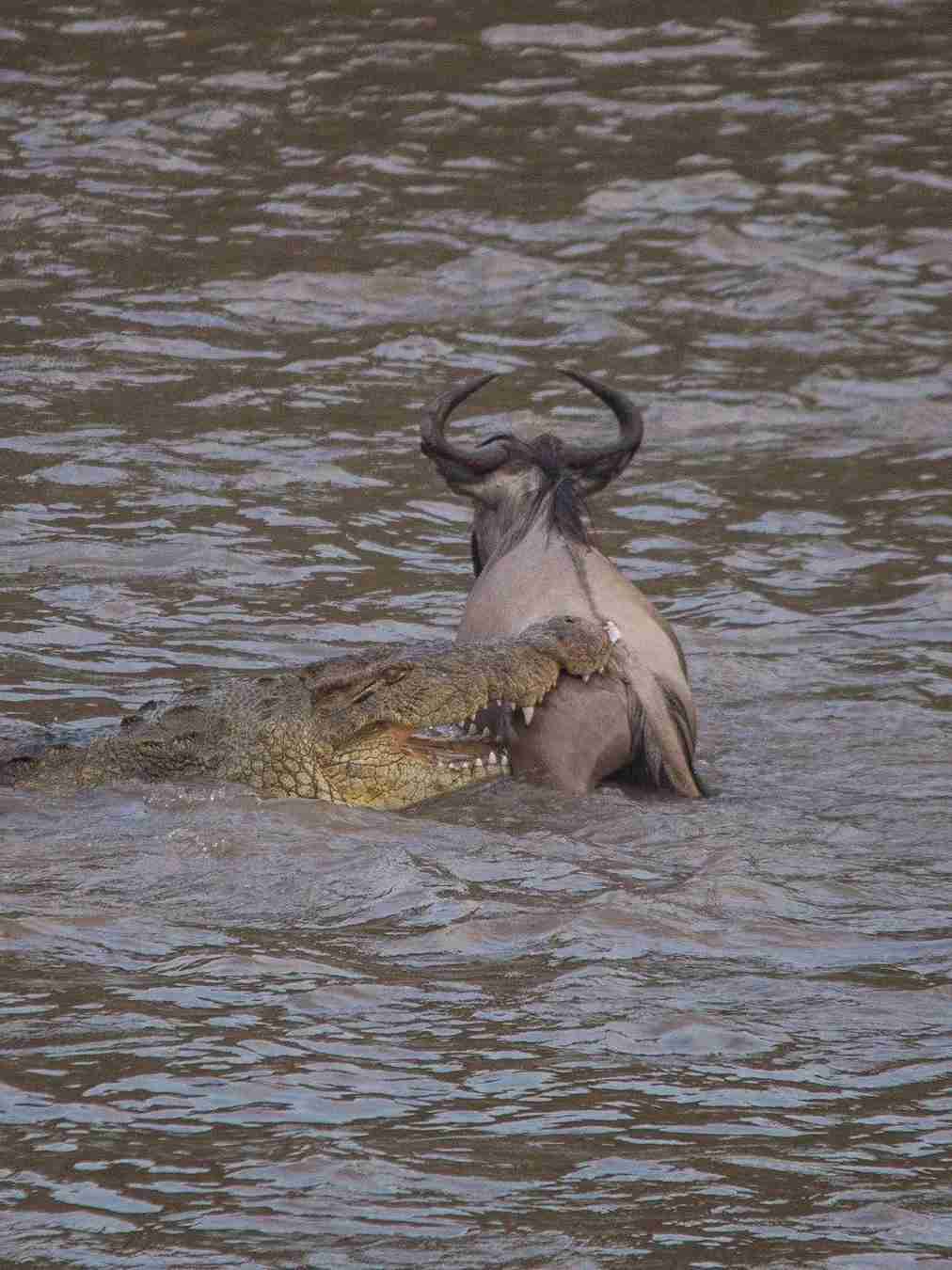
📍 **Crossing Points 8, 9**: These points are known for having a high mortality rate among wildebeests due to the rocky terrain.
📍 **Crossing Point 10**: With a gentle slope, this point is one of the most frequently used, second only to Crossing Point 4 and Makutano.
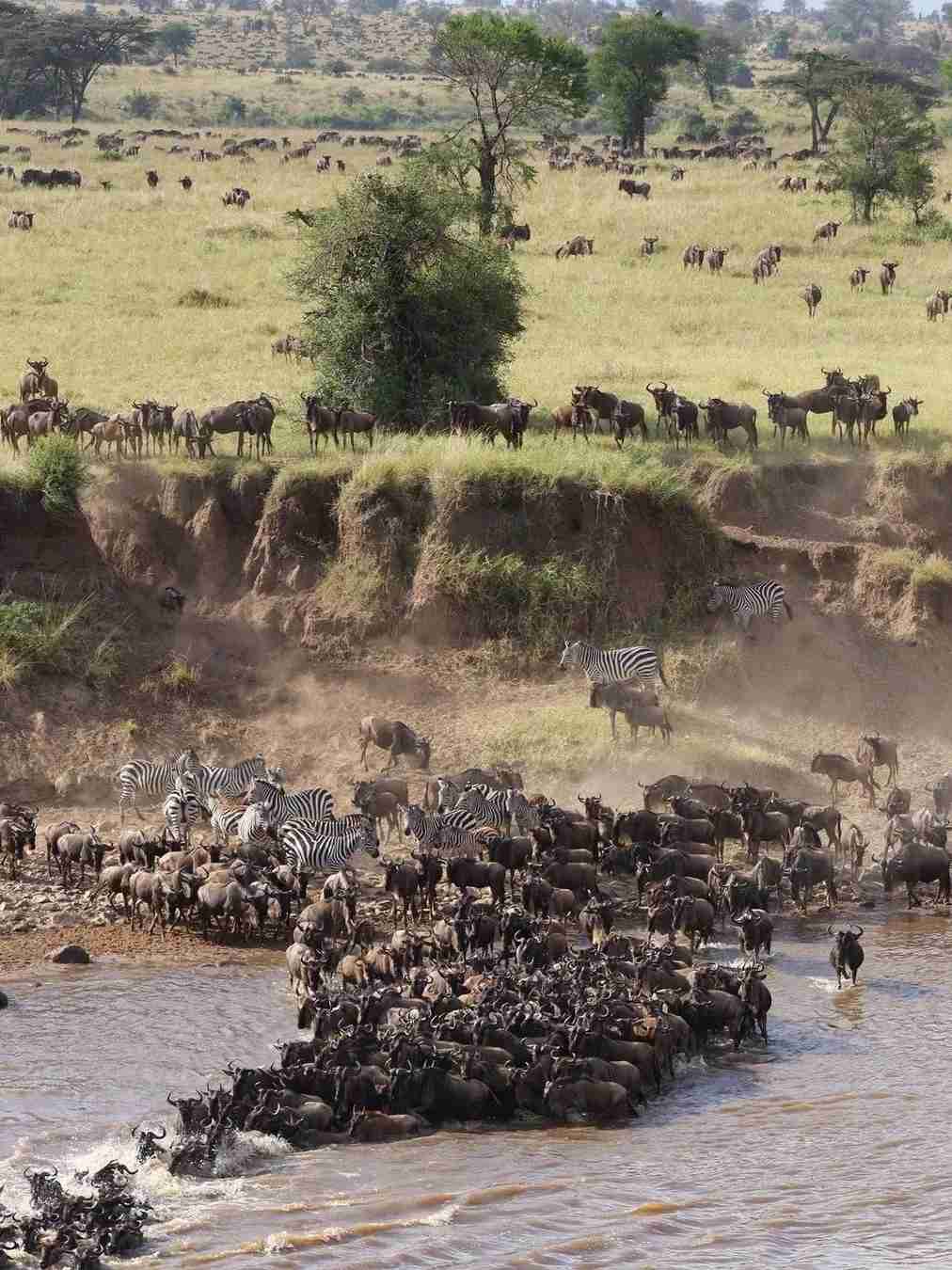
🕍⭐️ [Camp Sharing]
🌈 There are only a few camps that offer a stunning view of the Mara River.
✅ **Singita’s Mara River Tented Camp** is almost right on the edge of the Mara River, located on the north side, near Crossing Points 0 and 1. 💸 It is the most luxurious camp by the Mara River, offering an unparalleled experience.
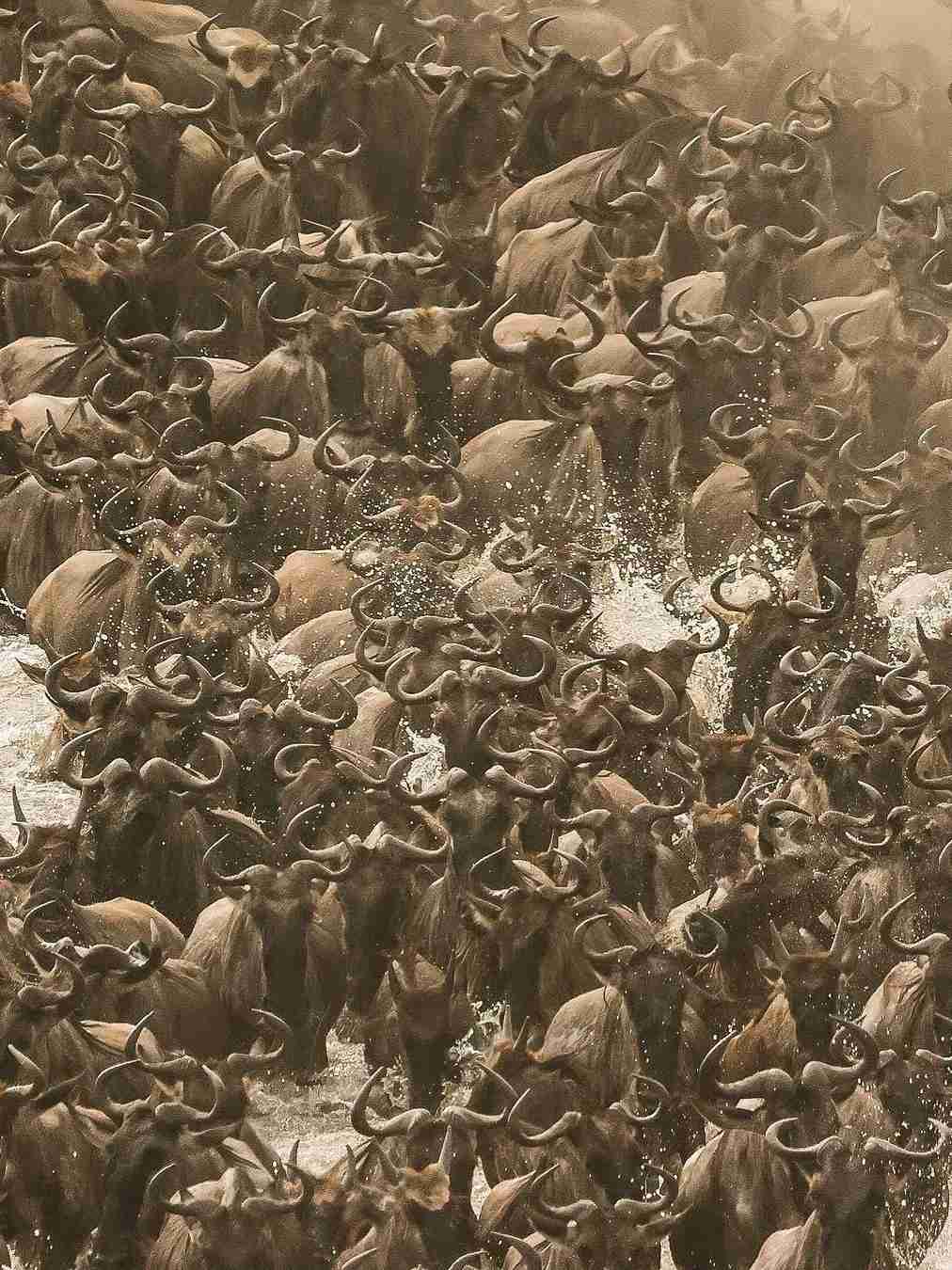
✅ About 20 minutes west of Crossing Point 0, you’ll find **Tawisa’s Mara River Post**. From the hilltop, you can enjoy a panoramic view of the Mara River, though it takes about 20 minutes to drive down to the river itself.
✅ **Asilia’s Sayari** is situated on the south bank of the river, just 5-10 minutes from Crossing Point 6 and about 10-15 minutes from Crossing Point 7.
If you’re dining at the camp and 🔊 the radio alerts that wildebeests are gathering near a crossing point, you can quickly head out to witness the spectacular crossing.
💒❓ [How to Choose Staying on the South Bank or North Bank?
Initially, the thrilling spectacle of wildebeests migrating northward is most commonly witnessed at Crossing Points 1 through 4. As the herds later make their return journey to the Serengeti, heading south, the best vantage point to observe this natural phenomenon is from Crossing Point 6.
@TravelPotato

